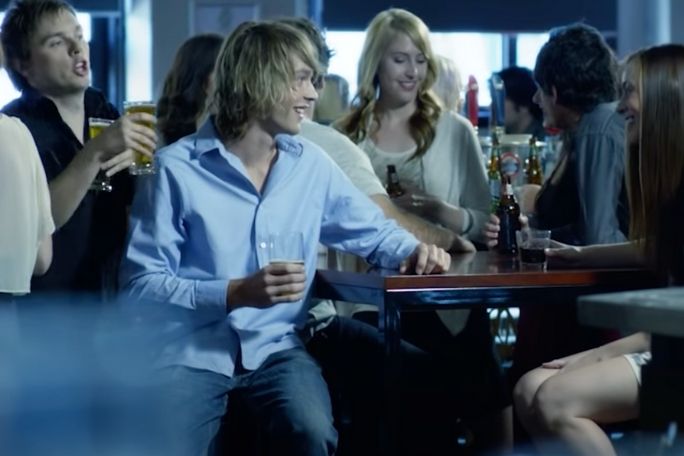Lesson summary
In this lesson, students will learn how to de-escalate violent situations and implement strategies to limit the occurrence of a violent outcome. Students will learn strategies in how to calm someone down when they are angry or heightened. They will learn how to ‘get around’ the fight or flight response and keep themselves safe in heightened situations.
Learning intentions:
Students will...
- know how and when to intervene in conflict scenarios, whilst keeping themselves and others safe
- understand the behaviours that will help calm someone who is in fight or flight mode.
Success criteria:
Students can...
- implement de-escalation strategies to reduce the likelihood of violent behaviour
- adjust their individual behaviours to manage feelings of anger and influence the behaviour of those around them
- apply new knowledge to their own stories to inform future thinking and behaviours.
Lesson guides and printables
Curriculum links
Select your curriculum from the options below.
Lesson details
Curriculum mapping
Australian Curriculum content descriptions:
Years 9 & 10 Health and Physical Education:
- Investigate how empathy and ethical decision making contribute to respectful relationships (ACPPS093)
- Evaluate situations and propose appropriate emotional responses and then reflect on possible outcomes of different responses (ACPPS094)
Syllabus outcomes: PD5-3, PD5-11, PD5-13, PD5-16
General capabilities: Literacy, Personal and Social Capability
Relevant parts of Years 9 & 10 achievement standards:
Students critically analyse contextual factors that influence identities, relationships, decisions and behaviours. They evaluate the outcomes of emotional responses to different situations. Students access, synthesise and apply health information from credible sources to propose and justify responses to health situations.
This lesson is part of the wider unit of work STOP the Coward Punch: HPE – Years 9 & 10
Time required: 70 mins
Level of teacher scaffolding: Medium – facilitate class discussion
Resources required
- Device capable of presenting a video to the class
- Student Worksheets – one copy per student
Skills
This lesson is designed to build students’ competencies in the following skills:
- Communication
- Creativity
- Empathy
- Problem solving
- Social skills
Additional info
These resources have been designed in partnership with Danny Green's STOP the Coward's Punch campaign.
Danny Green’s STOP the Coward Punch campaign was started in 2012 with the aim of raising awareness of the devastating effects of the coward punch on the community, including the physical and mental scars survivors, families and friends are left with for life.
STOP the Coward Punch believes in the right of all people to enjoy themselves, safely and free from violence. With support from entertainers, athletes, community leaders, politicians and everyday Australians, the campaign aims to raise awareness of the simple precautions we – as a community and as individuals – can take to ensure safe and enjoyable outings and, ultimately, reduce the number of coward punch occurrences in our communities.


Welcome back!
Don't have an account yet?
Log in with:
Create your free Cool.org account.
Many of our resources are free, with an option to upgrade to Cool+ for premium content.
Already have an account?
Sign up with:
By signing up you accept Cool.org's Terms and Conditions(Opens in new tab) and Privacy Policy(Opens in new tab).